Dario Franchitti: The Motor Sport Interview
The four-time IndyCar champion and three-time Indy 500 winner on his American adventure, that crash in Houston and a return to the track – “I’m a racer, always have been”
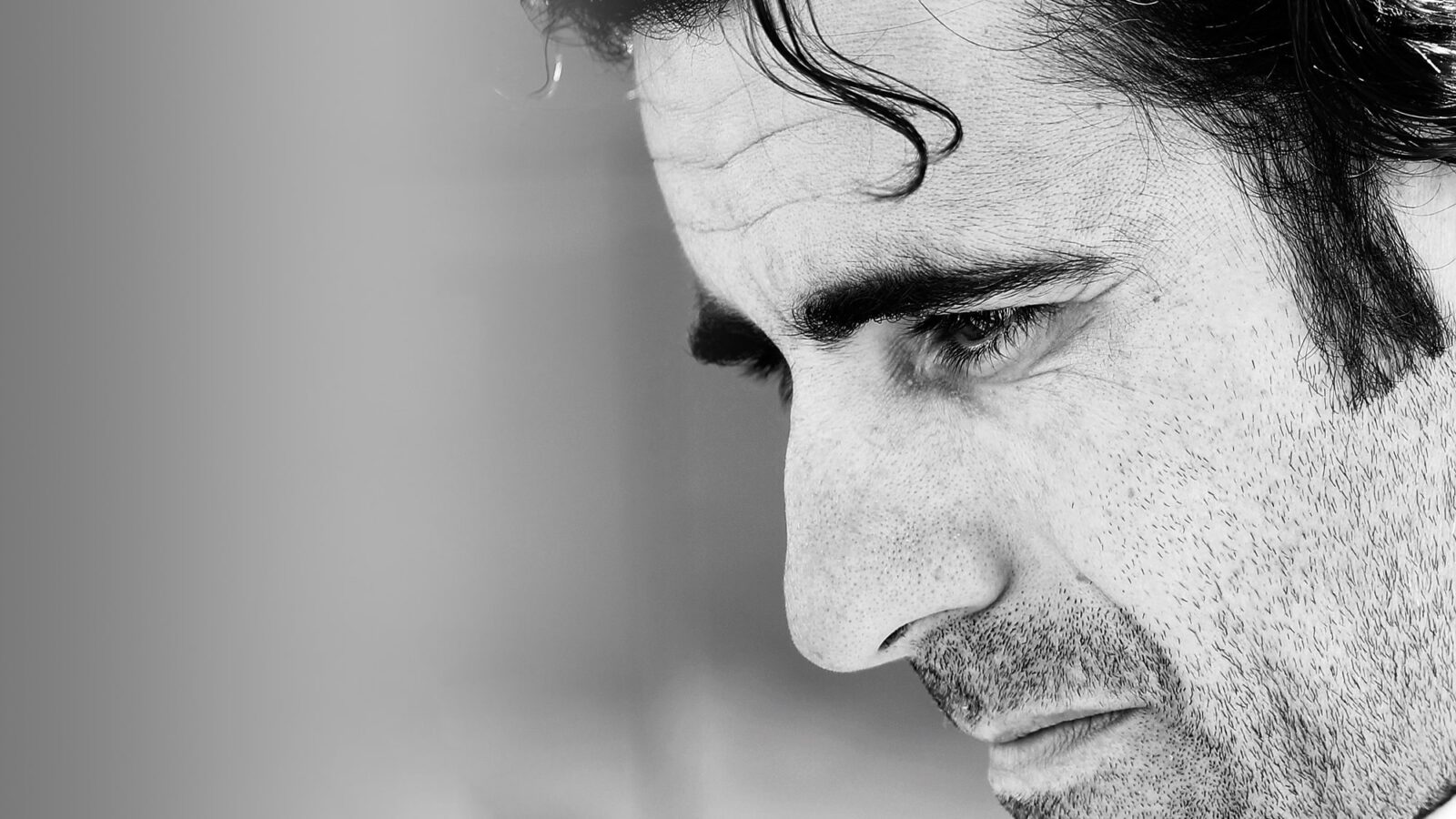
Chris Trotman/Getty Images
Dario Franchitti MBE (for services to motor racing) is an American idol whose heart remains firmly in his native Scotland where he is a patron of the Jim Clark Museum and where his career began in karting. By the age of just 15 he’d won four championships. Having taken both the Vauxhall Junior and Vauxhall Lotus championships, impressed in Formula 3 and for Mercedes in touring cars, he was offered the job of test driver at McLaren in 1997. He turned it down, preferring to focus on a new career with the Hogan team in CART. It was a good decision. Dario won three races in ’98, was runner-up to Juan Pablo Montoya in the championship in ’99 and, now with Andretti Green, he took his first of three Indy 500 victories and his first of four IndyCar championships in 2007. All the other championships and wins at the Brickyard came with Chip Ganassi where he stayed until an accident ended his career in Houston in October 2013.
These days he’s working with Ganassi as a driver mentor and coach, commentating on Formula E, racing historic cars and working with Gordon Murray on the development of the new V12 T.50 supercar. Motor Sport caught up with this busiest of ‘retired’ racers at Goodwood.
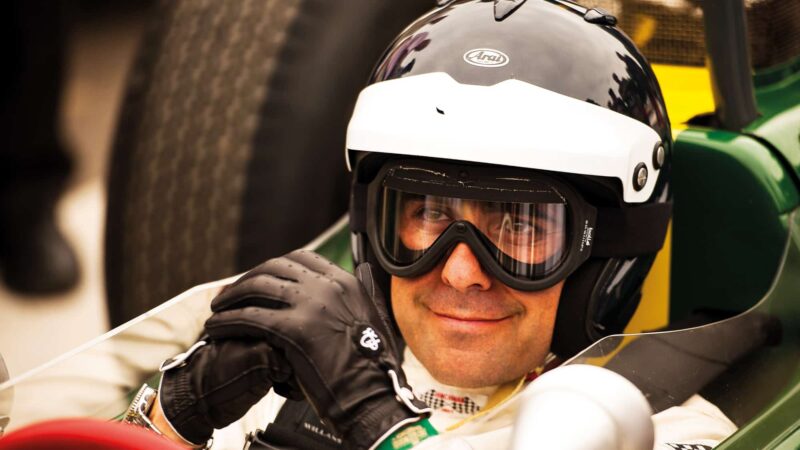
Franchitti at the Goodwood Revival
Motor Sport: You’ve just done a two-day trip to Indy and flown in overnight to prepare for Goodwood Members’ Meeting in a Ford GT40. Life is busy for Dario Franchitti.
DF: “Yeah, a damp track in a GT40 is a good way to shake off the jet lag. A wonderful car on a great track. A good start to my day. I just love racing, you know, but I do it for fun, not because I’m desperate to win, so I’m at nine-10ths round here, there’s no room for mistakes and the car is worth a lot of money. It keeps me sharp, along with testing Gordon Murray’s incredible new T.50 prototype. I tell you, that V12 engine is a beauty. The noise is amazing. I’ve ordered one, which means I’ll probably have to live in a tent, but hey, it’s the absolute ultimate driver’s car. They are all pre-sold and there’s a waiting list but I’ve decided I’ve got to have one of these cars.”
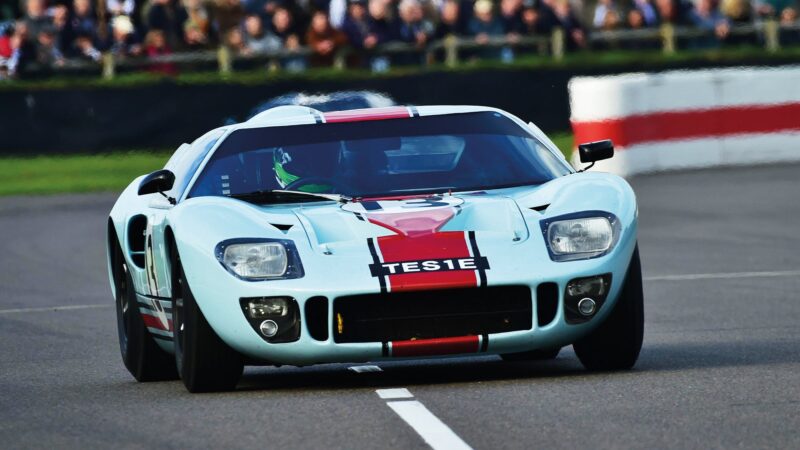
The perfect jet lag cure – racing a Ford GT40 at Goodwood last autumn
Alamy
OK, we’ll come to the T.50 later but first let’s get your take on the IndyCar season, another championship for Ganassi and a new young star in Alex Palou. How good is this guy?
DF: “Oh, very good, outstanding, and more to come. I’ve been very impressed. He’s lifted the whole team too. He’s got a great feel for the car, a lovely driving style, very smooth, he’s easy on tyres, easy on fuel, mentally very strong, quick and brave. All those things. When we signed him for Ganassi we thought he was quick but we had no idea. He’s at a level above what we thought. It’s been a while since Scott Dixon had a team-mate who’s pushed him, and beaten him, so it’s good to have that back in the team. He’s always learning, always asking questions, asking Scott how things work, and of course he has benefited from the depth of the whole Ganassi organisation.
“We never expected to see him at this level so soon. He’s been phenomenal, and figured out how to get the best from the strategists and the pit crews. He was outfoxed by Hélio Castroneves at Indy, but that happens, and I’ve never seen him overawed by
the pressure of leading the championship. Alex is not the only one. There’s Pato O’Ward who’s also very quick, very talented. There’s respect between the two of them and they’ll be back for more next year. IndyCar is looking good, always a great rivalry between Ganassi and Penske, with Andretti knocking on the door. Unlike say, Mercedes and Red Bull, Toto Wolff and Christian Horner, there’s a huge amount of respect between Chip and Roger. They go back a long way. They’re old friends off track. Both have had their ups and downs but yeah, the rivalry is real and both are as determined as each other to win.”
Are IndyCar drivers like Palou, O’Ward and Colton Herta ready for Formula 1? Are they good enough? And would they even want to make that move?
DF: “Of course they’re good enough, of course they’re ready. They have the talent for it, but they’ve been given the opportunity in IndyCar and taken it. They’re every bit as good as the young guys coming up into Formula 1. Alex, Pato and Colton Herta, in some cases better I would say.
“You can look at it the other way round – Marcus Ericsson came over from F1 and has really flicked a switch this year, winning two races, and Romain Grosjean has been a great addition to IndyCar. There’s less pressure, and he’s still a very hard competitor. He’s in a car capable of winning and that’s got to be better than trailing around at the back in a Haas. Both he and Kevin Magnussen had more chance of flying to the moon than winning a grand prix and that must have been soul-destroying. So it’s good to see these guys coming our way rather than our drivers looking to F1.”
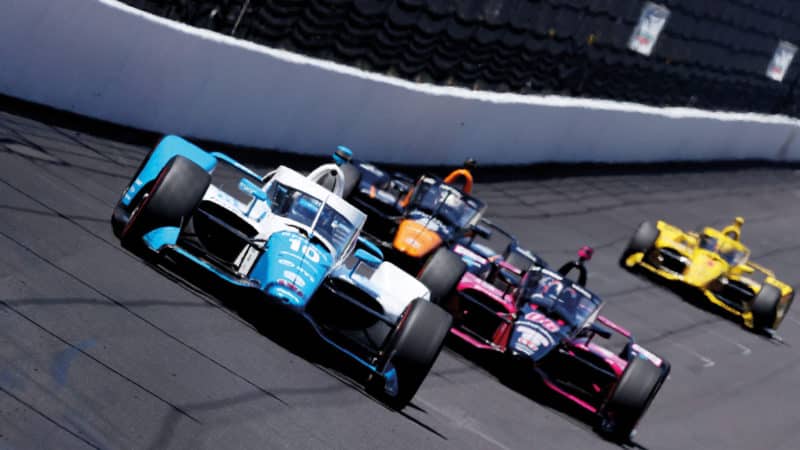
Palou (No10) was runner-up at the Indy 500 in ’21
Andy Lyons/Getty Images
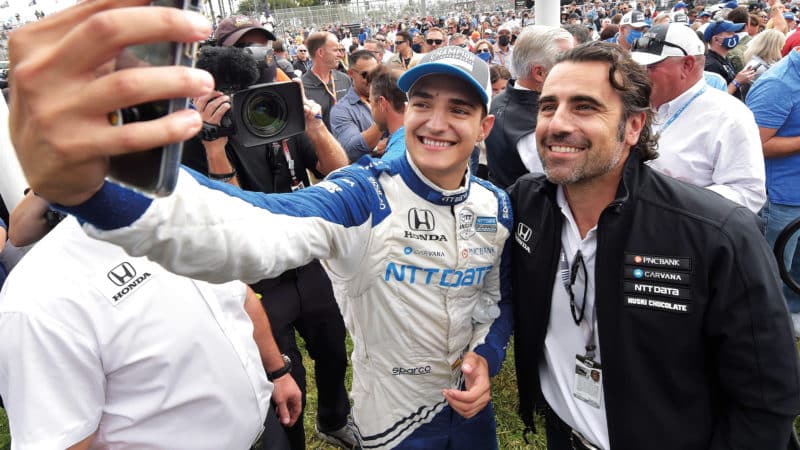
Chip Ganassi’s Alex Palou, here with Franchitti at Long Beach, was the top IndyCar driver in 2021 among a field of serious young talent
Will Lester/Getty Images
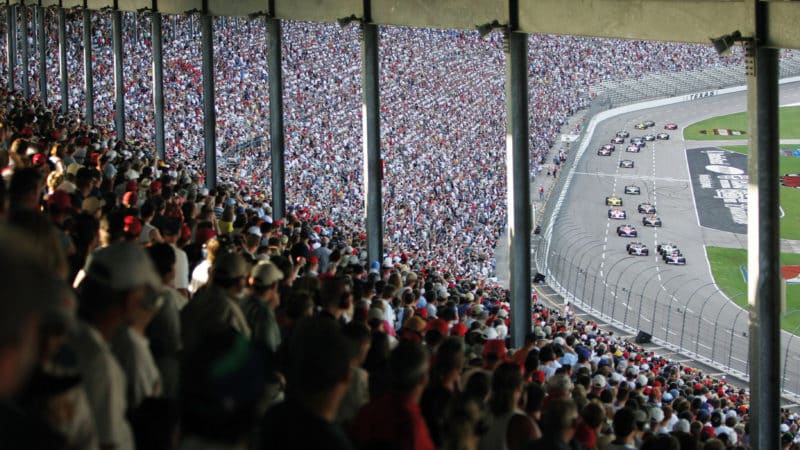
Franchitti leading from pole in the 2004 500-miler in Texas
Robert Laberge/Getty Images
How did Ganassi get Palou’s name on a contract. He’s hot property now but was it always there to see?
DF: “Last year me and some of the guys at Ganassi had been watching him as the season unfolded and he looked pretty handy. We were at Indy in August and watched him in practice. He was doing a good job, and he said to me, ‘One day I hope someone like Chip Ganassi will consider hiring me.’
“So I went back to the truck and told the guys I thought this Palou would be a great driver for the future. We didn’t have any spaces at that point but when Felix Rosenqvist went to McLaren, that opened up the possibility. Our managing director Mike Hull spoke to his manager, we all got together, and the deal was done. You know, I don’t think anyone else was looking at him at that time. We just thought he was good, and when we did the first test at Laguna Seca we all said, ‘Oh my word, he’s really good,’ and that’s when you call Chip and tell him, ‘Chip, this kid is mega.’
“While we’re on our team drivers we need to remember Jimmie Johnson. He’s learning so fast, but the bigger point is that he’s trying to forget what he’s been doing his whole life, his whole career in stock cars. The change is huge. But you watch, Jimmie’s getting quicker all the time and he’ll be on the podium. And he’s keen to come and do some historic racing over here. He’s brave, and his car control is fantastic.”
IndyCar is changing, a lot of ‘rest-of-the-world’ drivers are winning, taking the fight to the Americans. Is this good for the series as a whole?
DF: “We’ve seen this before, when Mark Blundell, Alex Zanardi and I started going over there to race in the ’90s, and later on Dan Wheldon and Justin Wilson, so that was a kind of mini European invasion. It’s not just been Brits or Europeans, we’ve also seen a lot of great drivers coming from South America, Australia and New Zealand and winning races, winning championships. Right now there’s a good balance between the American drivers and the rest of the world. Yes, it’s an American series but the drivers have to be there on merit and there’s a lot of young American guys coming up. And look, we have 27 cars on the grid. The series is in a very good place right now with a great mix of international drivers. It’s been an exciting season and there’s a lot more to come.”
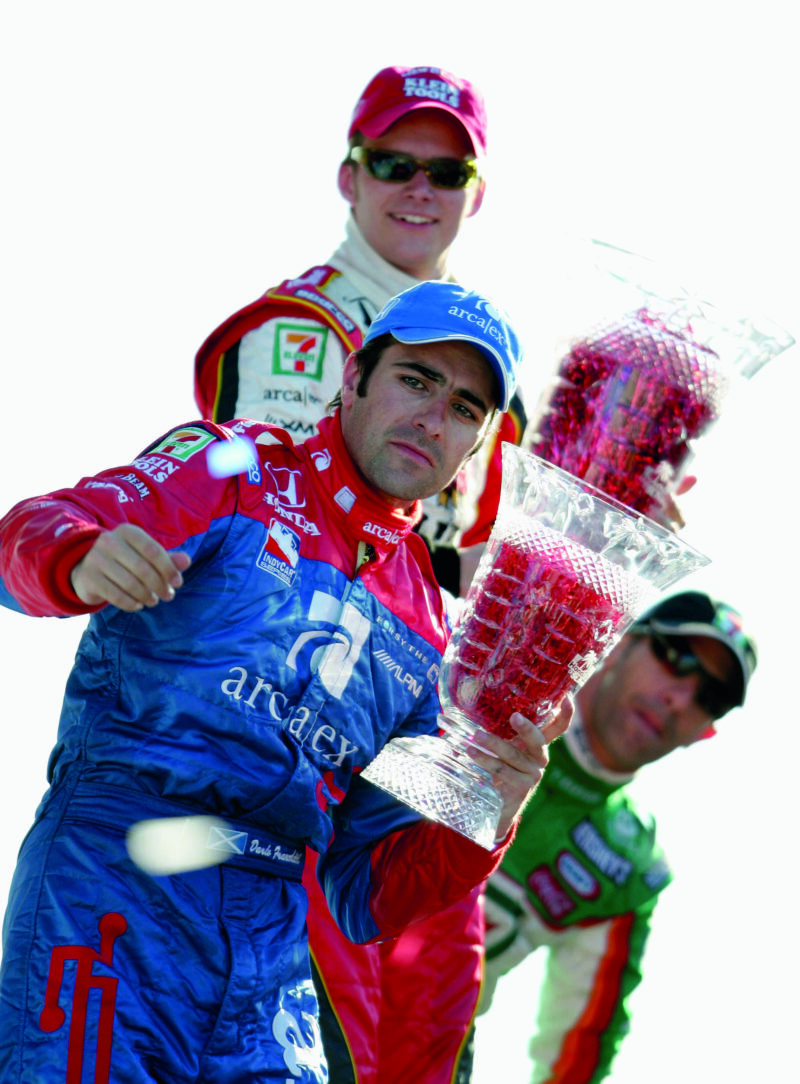
Team-mates Franchitti, Dan Wheldon, top, and Tony Kanaan after an Andretti Green 1-2-3 at the St Petersburg GP in 2005. Franchitti dedicated his 2012 Indy 500 win to Wheldon, who died in 2011
Nick Laham/Getty Images
You mentioned Dan Wheldon and I know his accident in 2011 was a devastating blow for you, and for IndyCar. That year you were in a season-long battle with arch rival Will Power for the championship.
DF: “Dan’s accident put a lot of things into perspective. Those rivalries didn’t seem to matter so much any more. I’d known Dan since he was six years old. We became team-mates at Andretti Green in 2004 with Bryan Herta and Tony Kanaan. We used to call him the little brother we didn’t want! He came into IndyCar like a firework, was immediately successful and a fan favourite. He had a special affinity for the Indy 500, with both the fans and the track. He won the championship and the 500 in 2005, then he went to Ganassi and won a lot of races – but his move to Panther didn’t go well and he was treated very badly by them. By 2011 he was out of a drive. When Bryan Herta and he got together and won the 500 that year with a small team Bryan had put together it was fairy tale stuff. I was so happy for them even though I had led the race and was in with a shout of winning.
“When Dan died it was a terrible wake-up call for IndyCar. We had been doing this pack racing on the high-banked ovals for too long. Changes were already in the works, including a new car that Dan had developed, but unfortunately they came too late for him.
“Dan was always great fun and as he got older the cocky young Dan gave way to a much more thoughtful person. He’d got married to Susie, they had two boys, Sebastian and Oliver, both of whom are already racing very successfully in karts.”
It was a surprise when you took on the Formula E commentary. Do you honestly like the racing, all the contact, and the tracks that are used?
DF: “Mmmmm, well, I knew this would come up… Look, Formula E is a really great addition to the sport. It has given the manufacturers a place to develop the electric technology. It brings a new type of fan, a new generation to the city centre races, and that’s all new and good. The car manufacturers can attach themselves to all this as they move towards an electric future. Will it take over from racing with combustion engines? I don’t see it doing that, but there’s no question that Formula E definitely has a part to play in the sport and it will only get better with each step forward in the technology.
“The racing is really good, the tracks are what they are out of necessity in the places where the races are allowed to happen. So the tracks tend to be narrow, the cars slide a lot, and it’s hard to overtake without some contact. There is a place, I think, for some level of contact – like touring car racing – but there’s a point beyond which it becomes too much. It’s probably reached the limit where it’s acceptable and the stewards have got their eyes on it.
“Also, let’s face it, there are some great drivers in there, good teams, and it’s given a whole bunch of drivers a career opportunity they might never have otherwise had. Guys like André Lotterer and Jean-Eric Vergne, they also love their historic racing, they’re proper petrolheads alongside their involvement and success in Formula E.”
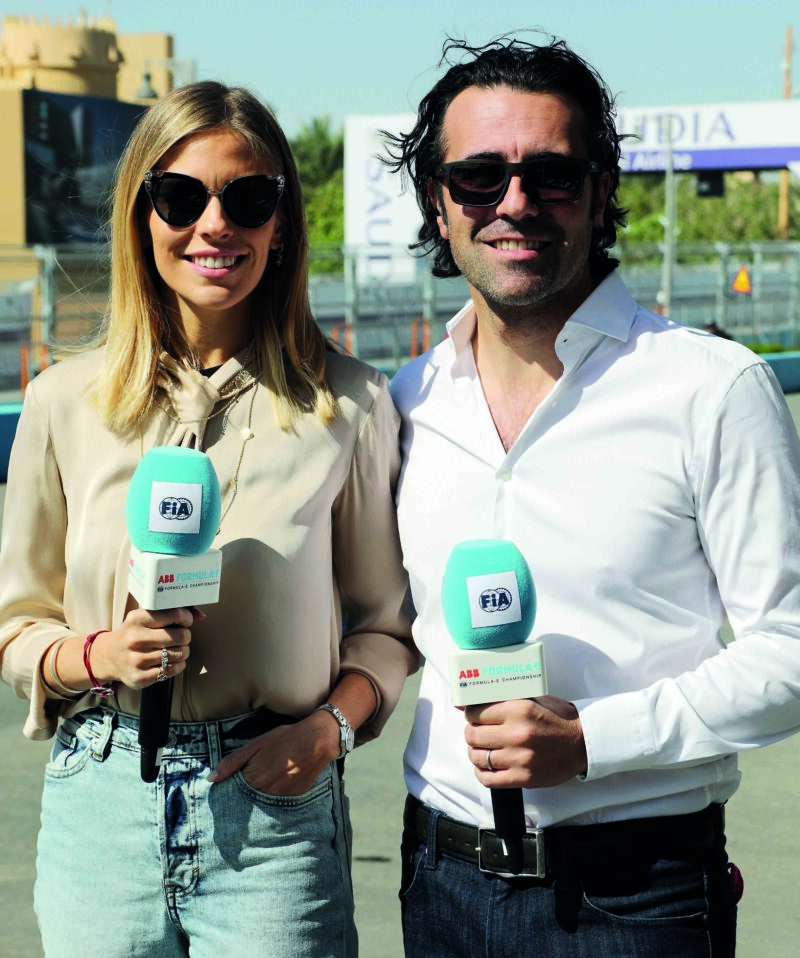
Formula E reporter Nicki Shields with driver-turned-commentator Franchitti
Let’s go back to your work with Gordon Murray. We’ve all seen the video of you testing the T.50 prototype at Millbrook. You’re grinning from ear to ear…
DF: “Yeah, yeah, what a car. I’m pulling 12,000rpm, and that’s the first time the engine has been run at full noise. It’s incredible. I think the T.50 is the ultimate development of a road car with an internal combustion engine and, if it is, what a way to go out! I met Gordon in Monterey when he was there for Car Week and talking to potential customers and then nearly 18 months later he called me at home. That was freaky because I was sitting reading Maurice Hamilton’s book on Niki Lauda [Niki Lauda: The Biography], the bit about when Niki walked away from Formula 1 in Canada and how upset Gordon was at the time. My wife Ellie says, ‘Gordon is on the phone for you,’ and I say, ‘Gordon? Which Gordon?’ And she says, ‘I don’t know but he sounds nice.’ Anyway, he said he wanted me to help with the launch of the T.50, and he’s since admitted that it was his plan all along that we could work together.
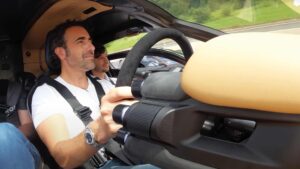
“This was my idea of heaven, helping to develop a road car. I’d done some work on the Honda NSX, but this was something else again. So we do all the videos, warts and all, showing exactly what goes into making this car (right). When I drove an early stage car for the first time it was just epic. He has a great team with him. He stresses it’s a team effort, and they are making a hell of a car. First time, I drove ‘George’ the mule car, and immediately knew it was special. Now the car is brushing the edges of perfection and, as we develop every detail, it will be perfect.”
You already have an impressive car collection, including Jim Clark’s Lotus Cortina, and a helmet collection. Is this your reward for all those risks?
DF: “Well, I just love my cars. There’s a Singer coming from California – a stunning car. At the moment I’m smoking around in a V8 Vantage Aston Martin. I got most of the cars a long time ago, the Ferrari F40, the Daytona Spyder, the Carrera GT Porsche. Some others have had to go to make way for the T.50. The Lotus Cortina has gone to the new Jim Clark Museum in Scotland, which is now a really fitting tribute to him. It really shows what that man achieved.
“Then there’s my helmet collection, over a hundred of them now. I’m a hoarder, have always collected things. I’ve kept every helmet I have used, from the first one in karting, and I have done helmet swaps with drivers I admire – like Dan Wheldon, Jimmie Johnson, Scott Dixon, even Will Power, and Mick Doohan, Robert Reid, Arie Luyendyk, Max Papis, Mario Andretti, Jackie Stewart. The Scott Dixon helmet is a favourite. He’s given me the helmet he was wearing at Michigan in 2007 when I flipped and landed on top of him. It still has the marks from my tyres on it! I don’t have a Jim Clark helmet. It’s so difficult to find a real one. I keep them in what at home we call the ‘I Love Me’ building. There’s everything, even my first go-kart which my dad sold to buy me a motorcycle and then he got it back, restored it and gave it to me on my 40th birthday. That was a lump-in-the-throat moment.”
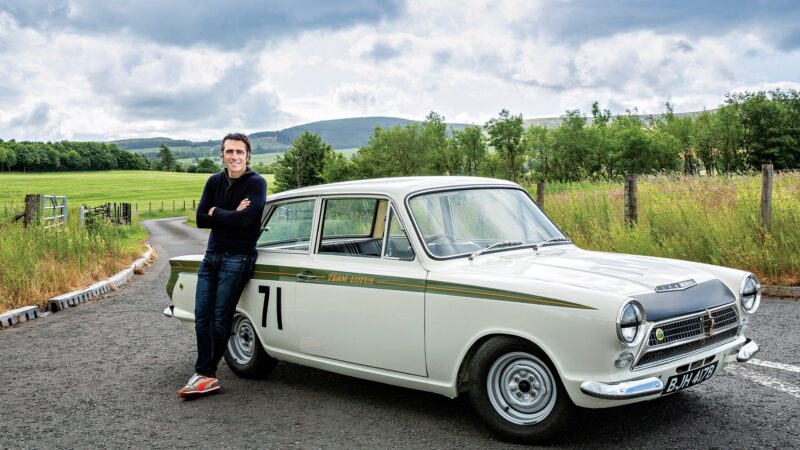
One of just a few cars in the Scotsman’s arsenal – his hero Jim Clark’s Lotus Cortina, which currently resides at the Jim Clark Museum
Lyndon McNeil
After your horrible crash at Houston in 2013 you retired due to your injuries. How tough was that and how have you managed to get back in a racing car despite the reservations of the doctors?
DF: “Well, you know, I’m a racing driver so it was tough, but I didn’t want to go racing again immediately. I was very happy driving fun cars in demonstrations. After the accident there was no way, I had to be very careful, but as time went by I did want to do some racing again. There were insurance implications and more importantly there could be big health issues if I crashed again. So, once I’d been through the recovery process I approached the Motorsport UK about getting my licence back. I passed the medicals, then had to see Dr Terry Trammell who was IndyCar’s medical director and he was less than enthused. He and my mum were the two people least excited about me getting back in a racing car.
“Anyway, enough time had passed and I’ve had so much fun racing historics at Le Mans, at Goodwood, that kind of thing. I have to say that self-preservation is a far bigger factor than it was 15 years ago and I have nothing to prove –but I want to do the best I can and have a good time doing it. Sometimes I have to fight my instincts, what is bred in me, so now if there’s a gap I don’t immediately dive into it. I’m not here to win at all costs. I’m doing it because I love the cars and I’m a racer, always have been. To be out racing again, in a Ford GT40 at Goodwood for one example, is just so much fun and after a good battle I’m pleased I made the decision to race some of these wonderful historic cars.”
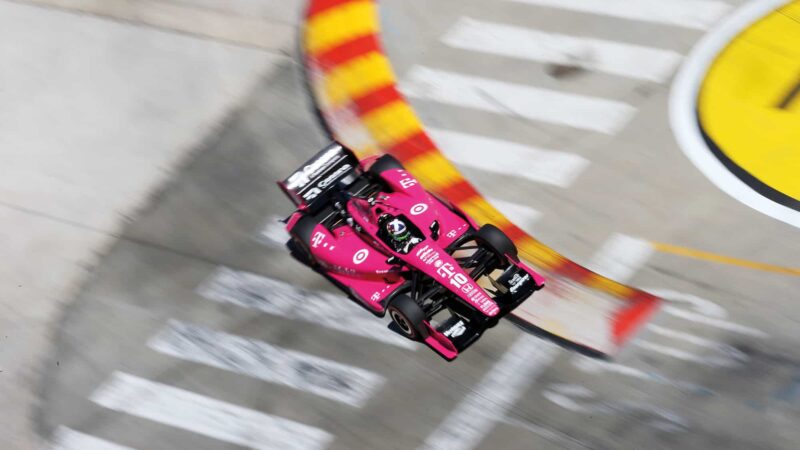
The day it all ended – October 6, 2013 at the GP of Houston; Franchitti retired from racing due to his injuries after his car was launched into the catch fence
Alamy
You have explained why you’re positive and enthusiastic about Formula E but what about the long-term future of motor sport itself?
DF: “I’m excited by the move towards synthetic fuels. That could be really exciting, and electric cars do absolutely have their place in the sport. They will get faster and make more of a spectacle. IndyCar is in a really good place with big grids, and sports car racing is looking very exciting, with LMDh and Hypercars from Ferrari and Peugeot coming to Le Mans. I think it’s going to be fabulous with lots of competitive cars.
“Formula 1 has its challenges but I’m optimistic about the future of the sport and historic cars will still be a part of the automotive landscape. There’s a big audience for that as well as the cars of the future. We know internal combustion engines are on the way out but they will still have a part to play in the big picture so, while electric is the future, I don’t think petrolheads need despair at this time.”
